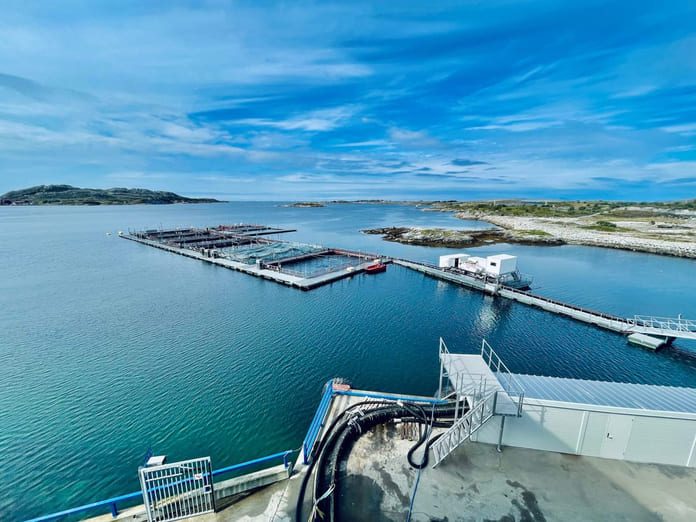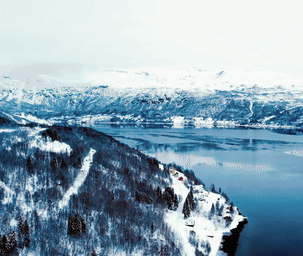Aquaculture expansion critical to food security and rural employment, report finds.
A new report jointly released by the World Bank and the World Wildlife Fund identifies sustainable aquaculture as a key growth sector for the global food system, forecasting a $1.5 trillion investment opportunity that could create as many as 22 million new jobs by 2050.
The report, Harnessing the Waters: A Trillion Dollar Investment Opportunity in Sustainable Aquaculture, was launched in Entebbe, Uganda, on June 24, 2025. It positions aquaculture as a central pillar of future food security, economic development, and climate resilience, particularly in light of rising global seafood demand and the limited capacity of wild fisheries.
Aquaculture now accounts for nearly 60 percent of global seafood production and has the lowest greenhouse gas emissions among animal protein sectors. According to the report, a shift toward more intensive and sustainable production, supported by increased capital flows and public-private cooperation, could substantially expand output and employment over the coming decades.
Business-as-usual vs upside growth
The report presents two growth scenarios. Under a business-as-usual trajectory, US$0.5 trillion in investment could raise annual production to 159 million metric tons (excluding seaweed) by 2050, creating 8–14 million new jobs. In contrast, an “upside” scenario backed by US$1.5 trillion in targeted investment could lift production to 255 million metric tons and create 13–22 million jobs.
“To realise aquaculture’s full potential, we must shift toward practices that are not only productive, but also environmentally responsible, socially inclusive, and economically viable,” said Genevieve Connors, Acting Global Director, Department of Environment at the World Bank. “This is a call to action – to deepen collaboration, to invest boldly in new aquaculture technologies, and to foster stronger alignment between public and private sectors.”
Diversified growth across global markets
The report draws insights from seven mature aquaculture economies — Bangladesh, Chile, China, Ecuador, Egypt, Thailand and Vietnam — and outlines distinct strategic approaches across markets. For example, shrimp in Ecuador, salmon in Chile, and Pangasius in Vietnam are leading global exports, while carp in China and Black Tiger Shrimp in Bangladesh primarily serve domestic consumption.
Aquaculture is also transitioning from a niche to a mainstream investment class, offering portfolio diversification and long-term returns. As Sergio Nates, Senior Director for Aquaculture at WWF, noted: “Aquaculture is among the most sustainable ways to produce animal protein and will be essential in feeding the world’s growing population… It’s critical that we guide this growth through sustainable and responsible production practices.”
Scaling through finance and policy
The report underscores the importance of scaling financing mechanisms — including sustainability-linked loans, blue bonds, and blended finance — to accelerate growth, particularly in emerging markets. A transition from small-scale to more capital-efficient operations is viewed as essential to unlocking productivity and resilience at scale.
It also stresses the continued role of public-private partnerships, development finance institutions, and concessional capital in reducing risk and attracting private investment.
Designed for governments, financial institutions, philanthropies, and private investors, Harnessing the Waters sets out a framework for aquaculture’s role in a sustainable global food system over the next 25 years.
The full report is available online.


